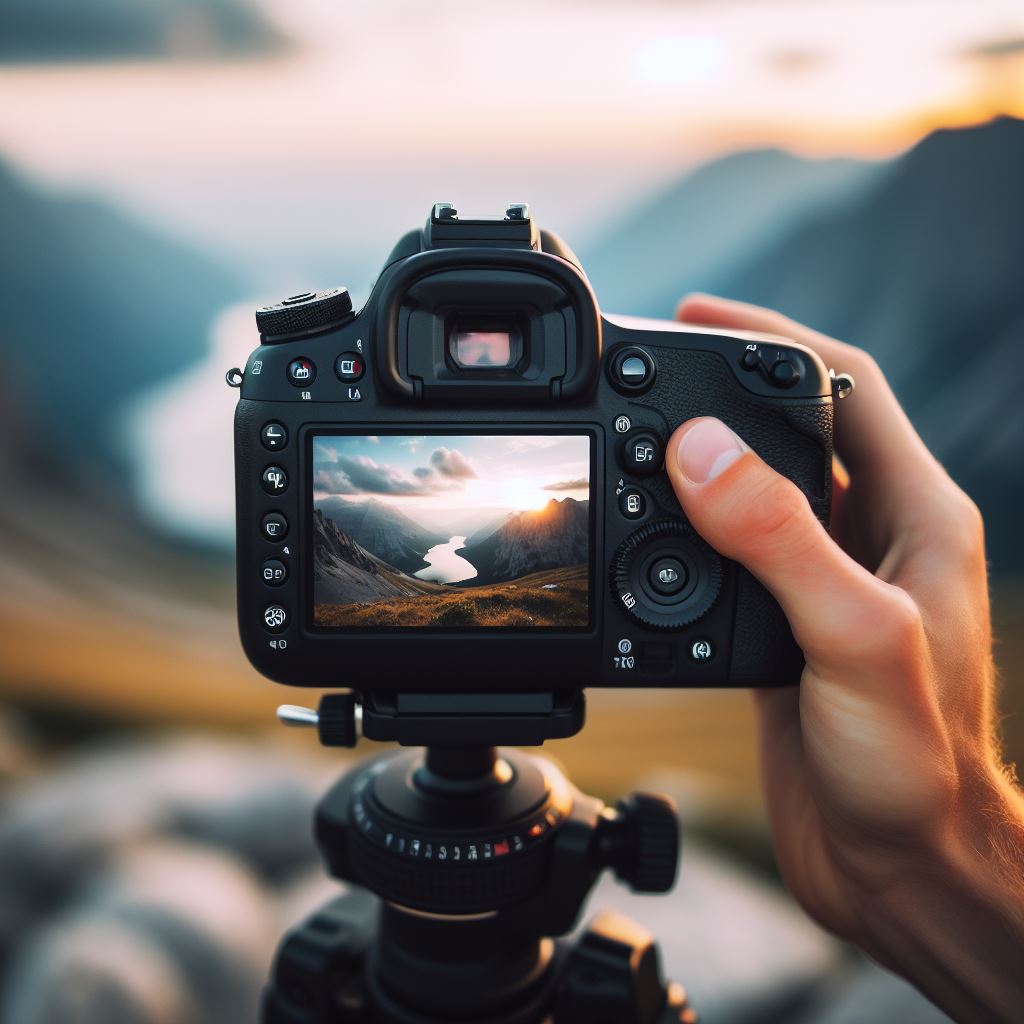As you begin your journey in photography, you’ll soon realize that it’s not just about capturing images but about creating visual narratives that resonate with viewers. Understanding the basic principles of composition, lighting, and subject matter is merely the tip of the iceberg. The real magic happens when you learn how to infuse your unique perspective into every frame, transforming ordinary scenes into extraordinary moments frozen in time. So, are you ready to unlock the potential of your creativity and embark on a path where every click of the shutter opens up a world of endless possibilities waiting to be explored?
Key Takeaways
- Understand basic camera settings like aperture, shutter speed, and ISO for proper exposure.
- Experiment with composition techniques such as rule of thirds and leading lines.
- Practice regularly to improve skills and develop a unique style.
- Learn about different types of photography genres like portrait, landscape, and macro.
- Explore editing tools like Lightroom or Photoshop to enhance and refine your photographs.
Photography Origins
Discover the captivating history behind the birth of photography. In the early experiments of photography, Joseph Nicephore Niepce created the first known photograph in 1826 using a process called heliography. This groundbreaking moment marked the beginning of a new era, paving the way for the evolution of photography as we know it today.
Portraits quickly became a popular subject in the early days of photography. The ability to capture a person’s likeness with precision and detail was a revolutionary concept. Studios began to emerge, offering people the chance to have their portraits taken, preserving their image for generations to come.
Infrared photography, a technique that captures light not visible to the human eye, added a new dimension to the art form. This innovative approach allowed photographers to create unique and surreal images, pushing the boundaries of traditional photography.
The origins of photography are rich with experimentation and innovation, laying the foundation for the diverse and dynamic field we explore today.
Early Experiments – The Pioneers
During the early experiments of photography, pioneering individuals revolutionized the art form through their innovative techniques and relentless determination. HDR (High Dynamic Range) photography, a technique that combines multiple exposures to create a more dynamic range of luminosity, was one of the groundbreaking advancements.
Night photography also emerged during this period, allowing photographers to capture stunning images in low light conditions.
Tilt-shift photography was another innovative approach developed by these early pioneers. This technique involves using special lenses to create a selective focus, giving images a miniature-like appearance. Landscape photography flourished as photographers ventured into the great outdoors to capture the beauty of nature in stunning detail.
Additionally, the pioneers of photography began exploring art photography, pushing the boundaries of traditional photography to create more artistic and expressive images. Their experimentation and creativity laid the foundation for the diverse range of photography styles we see today.
Studio
As you shift your focus to the ‘Studio’ aspect of photography, you enter a realm where controlled lighting and creative setups play a pivotal role in capturing captivating images. In a studio setting, you have the freedom to manipulate light to suit your vision, whether you’re capturing professional headshots, elegant wedding photos, or creative still lifes. The studio provides a controlled environment where you can experiment with different lighting setups to achieve the desired mood and effect in your photographs.
When it comes to editing studio shots, programs like Lightroom can be your best friend. You can retouch your images, adjust lighting, colors, and contrast to enhance the final result. Whether you’re looking to create a polished headshot for a client or enhance the beauty of a bride in her wedding photos, mastering tools like Lightroom can take your studio photography to the next level. Remember, in the studio, your creativity knows no bounds, so experiment, learn, and let your imagination run wild.
Portrait
In the realm of photography, delving into the ‘Portrait’ aspect opens up a world of capturing unique personalities and emotions through the lens. Portraits aren’t just about taking pictures of people; they’re about telling stories and capturing the essence of the individual in front of your camera. Whether you’re exploring street photography, aiming for candid shots that reveal raw emotions, or diving into the world of photojournalism to document reality, portrait photography allows you to create powerful visual narratives.
Macro photography can also play a role in portraiture, allowing you to capture intricate details and create stunning close-up portraits. Additionally, post-processing in software like Photoshop can enhance your portraits, enabling you to fine-tune colors, lighting, and overall aesthetics.
Landscape
Explore vast horizons and breathtaking natural scenery as you dive into the world of landscape photography. Capturing the beauty of wide-open spaces and stunning vistas can be a rewarding experience.
To help you get started in this genre, here is a quick guide with easy steps to enhance your landscape photography skills.
Firstly, when shooting landscapes, consider using a wide-angle lens to capture the panoramic views effectively. This type of lens allows you to include more of the scene in your frame, emphasizing the vastness of the landscape.
Next, pay attention to the lighting conditions. Early morning or late afternoon light can create soft, warm tones that enhance the beauty of the landscape. Additionally, using a tripod can help you achieve sharp images, especially in low light situations or when using slow shutter speeds.
Conclusion
Now that you’ve explored the origins of photography and learned about different styles and techniques, it’s time to grab your camera and start capturing your own unique moments.
Whether you’re interested in studio, portrait, or landscape photography, the possibilities for creativity and storytelling are endless.
So go out there, experiment, and have fun creating your own visual masterpieces!


